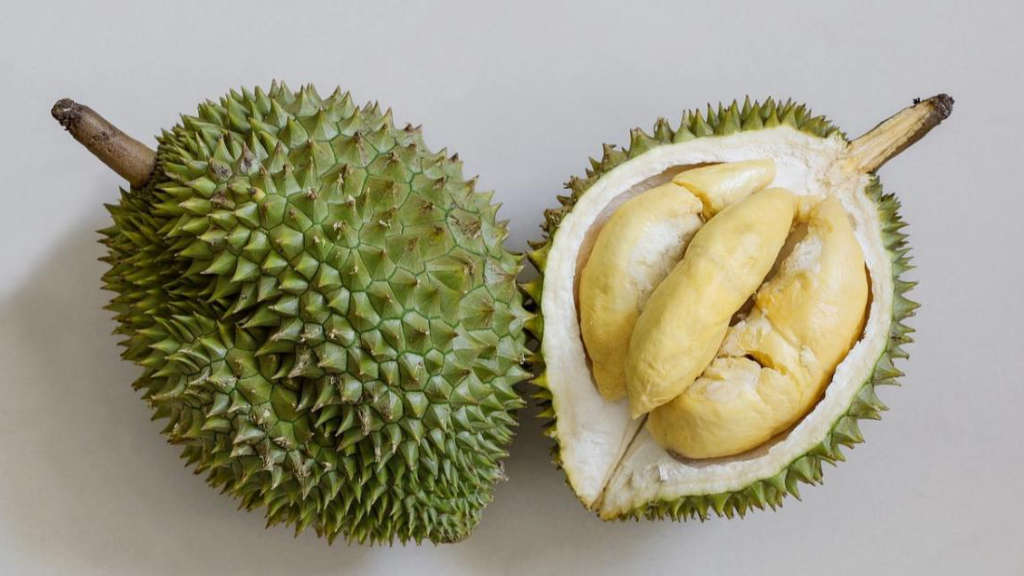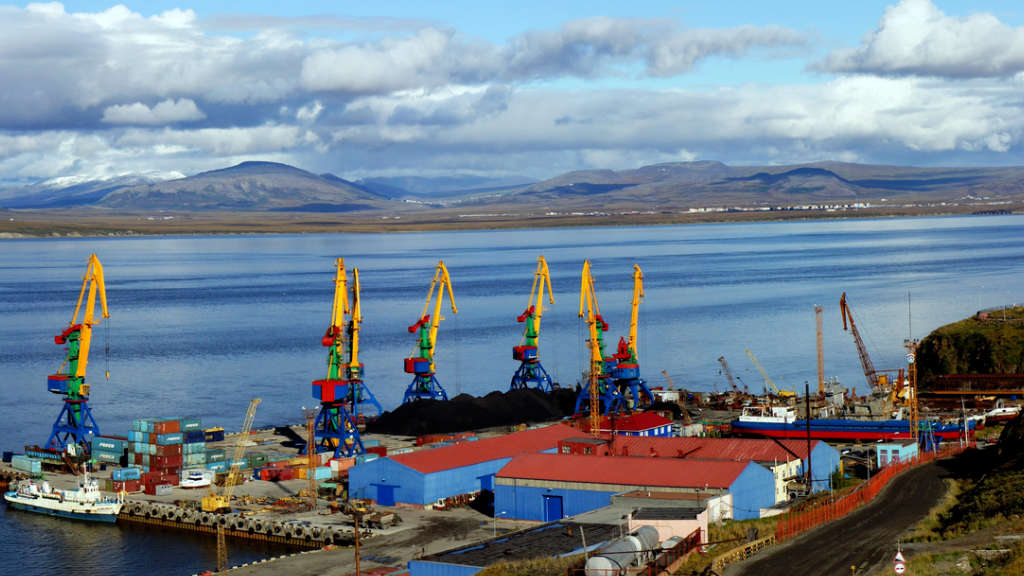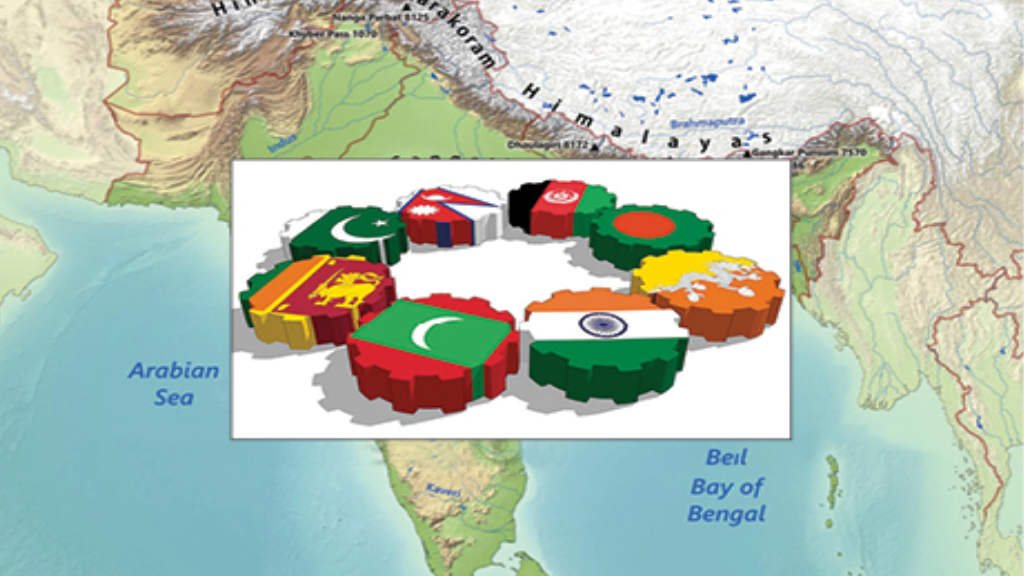The Russian Agriculture Ministry has stated that Russia exported over 700,000 tonnes of meat and by-products in 2024, 27% more than in 2023. Russia exported 34% more pork products, 25% more poultry products and 22% more beef products, and has additionally achieved more than 100% self-sufficiency for meat and meat products, which not only guarantees domestic food security, but also makes it possible to increase exports.
Russia’s exports of meat and by-products grew by 24% in value terms to a record US$1.7 billion, and broke down into about 48% poultry, 37% pork and 14% beef, the ministry’s Agroexport Center reported.
Exports were up 17% to US$800 million for poultry meat and by-products, 42% to a record of more than US$610 million for pork and 16% to over US$230 million for beef.
China, the leading importer of poultry meat and beef from Russia, has been the largest buyer of Russian meat since 2019. Sales of meat to the China market rose 14% to US$560 million in 2024.
The other top three importers include Saudi Arabia, exports to which jumped 90% to almost US$230 million, and Belarus, exports to which rose 10% year-on-year to US$226 million in the first ten months of 2024.
The head of the National Meat Association (NMA), Sergei Yushin said the success of Russian exports was due to the growth of production, businesses’ investments in promoting their products abroad, and the government’s strong efforts to open up new markets.
Yushin said “Various mechanisms of state support for exports, foremost partial compensation for logistics expenses, also play an important role. The expansion of the range of shipped products, including live animals, including breeding ones, is also having a positive influence. As a result, Russia now firmly holds a place among the world’s ten largest meat exporters.”
The growth of exports was also facilitated by the favourable exchange rate for shipments abroad and the fairly stable animal health situation in Russia, he said.
Russian meat producers are very interested in further increasing exports, as this is an important part of ensuring financial stability and increasing profit margins, Yushin said. However, the future growth of exports will depend largely on the development of domestic production and the scope of state support, he said.
It is also necessary to involve more and more businesses in exports, Yushin said. This work involves bringing production and products in line with the standards of foreign markets, working out financial and logistical issues, establishing contacts with importers in other countries and so on.
Agroexport forecast that Russian meat exports will top US$3.6 billion by 2030.
Further Reading
Russian Pork Exports Rooting For A 2025 Increase, With China A Key Market





